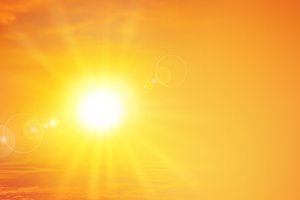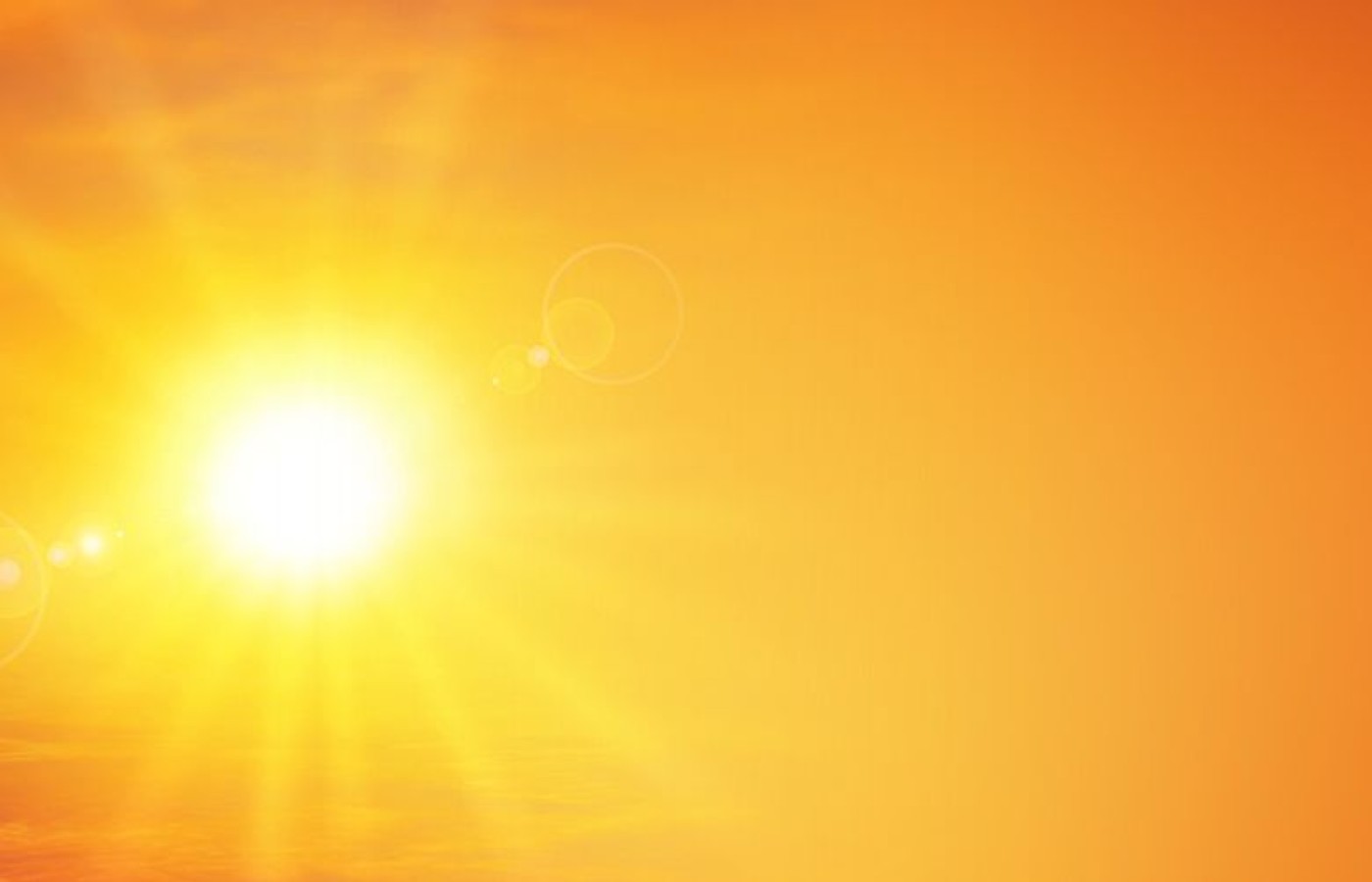Whether you accept it, avoid it or live somewhere in between, insurance coverage has become a defining issue for our profession. Patients increasingly expect to use their benefits, practitioners want to be compensated fairly for their time and expertise, and the system itself remains – at best – fragmented. The encouraging news is that coverage has expanded in meaningful ways. The challenging news is that reimbursement, across the board, remains inadequate.
Summer Solutions: Managing Heat
"This sweat has two sources: one comes from the blood that suffuses the hot flesh, the fluid in this blood transforms and becomes sweat, which is the sweat of the surface; the other comes from the Yang Ming Wei-Fu (Stomach), and this is the sweat of the water-fluid (shui-yei)."
— Qing Dynasty physician Zhang Zhi-Cong, Lu Shan Tang Lei Bian (Catalogued Differentiations From Lu Shan Hall)
As we move in the warm summer months, it becomes important for clinicians to be aware of the relationship of the patient to their seasonal environment. I have discussed this important concept in several past columns and will now address the idea of how the summer season and in particular, excess sweating, can be harmonized and balanced by acupuncture.
During the hot summer days, patients are often more active due to sports or even simply by living in excessively hot climates; both of which cause excessive sweating. Clinicians should always keep this in mind when examining the patient, palpating the pulse, inspecting the tongue and inquiring about dietary intake.

Another quote from the Qing Dynasty by Zhang Yin-An in his commentary on the Su Wen sheds some important light on why TCM clinicians should be aware of excess sweating during the summer months: "Sweat has two sources: one is the essence of food and fluids, another the essence stored in the Kidneys."
This concise quote is pregnant with important clinical implications. For this short article, I choose to focus on two key ideas: 1) Your patientss diet and digestive capacity are important clinically during the hot summer months; and 2) Excess sweating can drain the vitality of the kidneys. These two simple ideas should always be kept in mind when clinicians encounter patients suffering from any type of heat-related patterns which may arise during the summer season.
Diet and Digestive Capacity
I keep the concept of diet and digestive capacity during the summer months simple: focus on being sure patients are adequately hydrated and eating cooling / easy-to-digest foods. This is not a complicated recommendation and can be as easy as teaching patients how to experiment with different types of green / white teas, encouraging consumption of watermelon, or suggesting they drink low-sugar coconut water. I find these suggestions infinitely more effective than suggesting patients carry around a gallon jug of water to obsessively drink during the day. I prefer to have patients get a variety of different sources of hydration: food-based and a variety of liquids.
One of my absolute favorite teas for the summer months is chrysanthemum tea. This easy-to-brew tea is a staple for lowering heat signs in TCM and can easily be consumed, warm or cool. I often have patients make a combination of chrysanthemum and chamomile to drink in the evenings after busy summer days to encourage rehydration and deep, restorative sleep.
Linking Acupoints to Herbs
I often link groups of acupuncture points to specific herbs based on actions and energetics, and we can do this with chrysanthemum. Here are a few of many to consider:
- SI 2 (ying-spring and water point of the small intestine channel)
- SI 7 (luo-connecting point of the small intestine channel)
- SJ 2 (ying-spring and water point of the sanjiao channel)
- SJ 6 (jing-river and fire point of the sanjiao channel)
- Liv 2 (ying-spring and fire point of the liver channel)
- ST 44 (ying-spring and water point of the stomach channel)
- LI 11 (He-Sea and Earth point of the large intestine channel)
All of these points can be used during the summer months to help balance and manage specific patterns of disharmony that arise due to various syndromes of heat.
Maintaining Kidney Vitality
The second important concept to keep in mind clinically during the summer months is the idea of the "essence of the kidneys" being a source for sweat. In patients who suffer from chronic kidney yin / yang vacuity, this can be an extremely important concept to consider when formulating treatment protocols.
The wise clinician treats before the condition arises; therefore, always consider this concept when encountering heat symptoms in patients.
This becomes particularly important when the patient has a long history of kidney vacuity signs. We can also see this in athletes who are always training hard with high loss of sweat volume in addition to busy work schedules. Over time, even if they do not show overt kidney vacuity symptoms, the kidneys will be taxed.
Often the qi and blood vacuity symptoms will arise first and if not effectively targeted via diet, herbs and acupuncture, will inevitably lead to a drain on the "essence of the kidneys." This is one of the reasons I always emphasize that small amounts of yin-nourishing foods should be consumed during the hot summer season.
Key Points to Consider
Points to always consider related to the concept of sweat potentially draining the "essence of the kidneys" include:
- BL 23 (back shu point of the kidneys)
- KI 2 (ying-spring and fire point of the kidney channel)
- KI 3 (shu stream / yuan source and Earth point of the kidney channel)
- KI 6 (confluent point of the yin motility vessel)
- Liv 8 (He Sea and water point of the liver channel)
- SP 6 (meeting point of the spleen, liver and kidney channels)
- Du 20 (meeting point of the governing vessel with the bladder, gallbladder, sanjiao, and liver channel / point of the Sea of Marrow)
- Ren 4 (front mu point of the small intestine; meeting point of the conception vessel with the spleen, liver and kidney channels).
I often find the combination of SP 6 + Ren 4 to be an extremely important two-point combination to be added to almost any pattern of heat aggravated by the summer season; or any pattern of qi and blood vacuity that begins to arise due to excessive activity / sweating during the busy summer months.
I hope this short article stimulates creative thinking as you encounter patients during the summer months. The summer can be a time of high levels of activity and creativity. TCM practitioners have much to offer helping patients stay inspired and feel in balance as they navigate the warm summer season.



